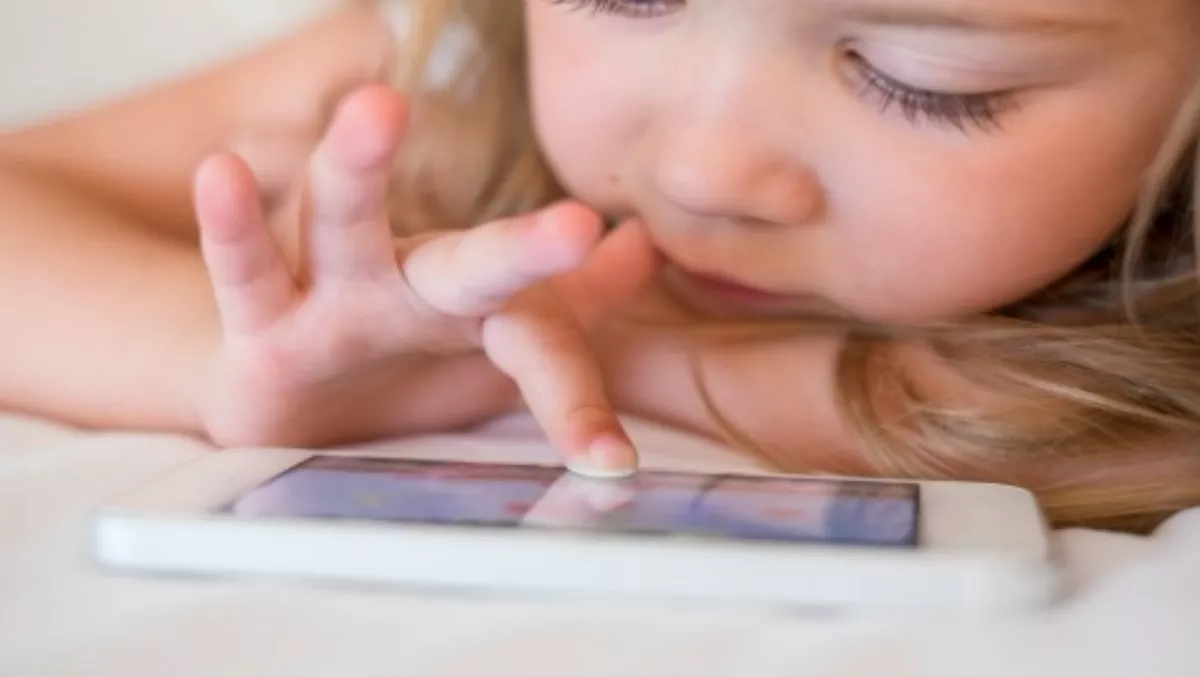
Device use taking toll on Kiwi kids' - and adults' - eyes
Kiwi kids are suffering from eye damage from excessive use of tech devices according to a Kiwi optometrist, who is urging parents, schools and employers to do more to protect the vision of those in their care.
Ashreet Nath, OPSM optometrist, says the number of Kiwis seeking help for eye strain is growing year-on-year, with international studies showing 70% of device users are adversely affected.
"More and more people are having problems with their vision, including blurred vision, red eyes, dry eyes and headaches caused by strain, due to the amount of time we spend on devices now," Nath says.
Nath says those between the ages of five and 35 years old are most at risk, due to long hours on screens at school, university, the workplace and while socialising.
"The trend is getting worse and it has been increasing more rapidly since smartphones were first released in 2007, as the amount of screen time has grown with the availability of these and tablets," Nath says.
He says trying to read small fonts on Excel and PDF documents – rather than printing them out – is putting eyes under additional strain.
"Our eyes don't even get a break in the car on the way to or from work now as many new vehicles have LCD screens in them too," he adds.
Nath is urging Kiwis to be more aware of the issue, saying blue light emitted by devices can be harmful to the retina, which can lead to a reduction of vision over time as well as causing dry eye symptoms and red, irritated eyes.
"We all grew up being told 'Don't sit too close to the TV', so people do know it's not a good a good idea to stare too closely at screens all the time, but the message isn't as loud as the need to wear sunscreen to protect your skin for example.
Symptoms can include red, dry eyes that feel heavy, frontal headaches and slightly blurred vision.
"In the worst cases, I've seen people need to take time off work because their eyes are so heavy and irritated, and of course, some meed to start wearing glasses to help reduce the impact on their vision.
While Nath says large computer and laptop screens are the worst culprits due to their size, many people hold tablets and smartphones much closer to their face to read and see images, increasing the exposure to blue light rays.
"It's important to hold screens as far away as possible and take regular breaks from looking at them," Nath says.
He advocates taking a break every 20 minutes to look around or, better yet, to walk away from the screen for a bit.
"And we need to remember to keep blinking regularly, because when we concentrate on screens we tend to stop blinking and that's what causes the dry, tired eyes.
He says lighting to reduce glare from screens and improved ergonomic set-up of desks to ensure screens are a safe distance away also helps.
Children's screen time should be limited to ensure their young eyes don't get damaged.
"Devices can be very helpful and entertaining for children, but there need to be regular breaks and time limits," Nath says.
Specially designed glasses which help combat the effects of blue light and reduce eye strain are also becoming more common for those spending more than five or six hours in front of devices.


